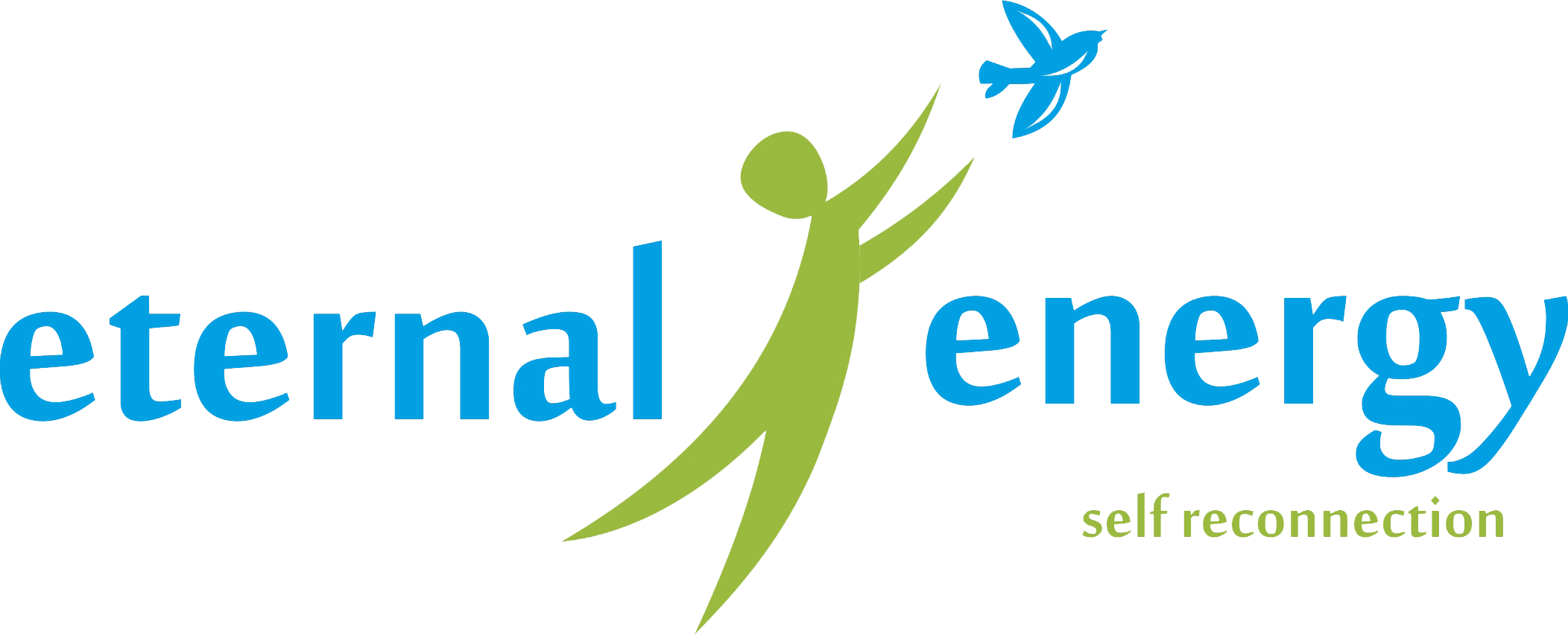We’re creatures of habit, driven by ingrained assumptions. We trust our gut, follow the path of least resistance, and often assume that what feels “right” is indeed the most effective. But what if the key to unlocking your true potential, to achieving those seemingly impossible goals, lies in embracing the counterintuitive?
The word itself suggests a rebellion against our natural instincts. It’s the nagging feeling that what we believe to be true might be, well, wrong. But it’s in this very discomfort, this cognitive dissonance, that we find fertile ground for growth and innovation.
Why Our Intuition Can Lead Us Astray
Our intuition is a powerful tool, honed by experience and survival instincts. However, it’s also prone to biases and limited by our past. We tend to extrapolate from familiar patterns, leading us to predictable, and often mediocre, outcomes. When we apply this to goal-setting, it can become a significant roadblock.
For instance, we might think that working harder, for longer hours, is the only way to achieve success. Yet, the counterintuitive truth is that strategic rest, focused effort, and prioritizing quality over quantity often yield far superior results. We might assume that avoiding failure is essential, when in reality, embracing setbacks as learning opportunities can accelerate our progress.
The Power of the Counterintuitive Approach
By challenging our assumptions and exploring alternative perspectives, we can unlock a wealth of opportunities. Here’s how counterintuitive thinking can help you achieve your goals:
- Breaking Through Plateaus: When you’re stuck in a rut, doing the opposite of what you’ve always done can provide a fresh perspective and lead to unexpected breakthroughs. If you’ve always pushed harder, try slowing down and reflecting. If you’ve always focused on the big picture, delve into the details.
- Cultivating Innovation: True innovation often arises from questioning conventional wisdom. By challenging established norms and exploring unconventional solutions, you can discover new and more effective ways to achieve your goals.
- Building Resilience: Embracing failure as a learning opportunity, instead of a setback, can build resilience and foster a growth mindset. This counterintuitive approach allows you to bounce back stronger from challenges and persevere in the face of adversity.
- Prioritizing Strategic Action: The “more is more” mentality can lead to burnout and inefficiency. By focusing on high-impact activities and strategically delegating or eliminating low-value tasks, you can maximize your productivity and achieve more with less effort.
- Finding Unexpected Opportunities: Sometimes, the most valuable opportunities are hidden in plain sight, disguised as problems or challenges. By reframing these situations and looking for the silver lining, you can uncover hidden potential and create new pathways to success.
How to Embrace Counterintuitive Thinking
- Challenge Your Assumptions: Regularly question your beliefs and assumptions about how things work. Ask yourself, “What if the opposite were true?”
- Experiment and Iterate: Don’t be afraid to try new approaches, even if they seem counterintuitive. Embrace experimentation and learn from your failures.
- Practice Mindfulness: Pay attention to your thoughts and feelings, and become aware of your biases. This will help you identify when you’re relying on intuition that might be leading you astray.
- Embrace Discomfort: Counterintuitive thinking can be uncomfortable, but it’s in this discomfort that growth occurs. Lean into the uncertainty and be willing to step outside your comfort zone.

